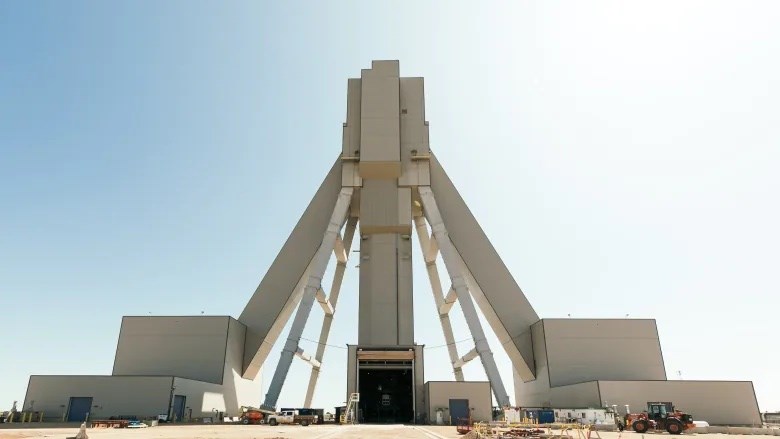The war in Ukraine is causing BHP to accelerate construction timelines on its multibillion-dollar Jansen potash mine project near Humboldt, Saskatchewan.
The Australian mining company originally planned to complete construction on stage one of the project in 2026 and start producing 4.35 million tonnes of potash annually in early 2027.
It now hopes to move those dates forward by nine to 12 months.
BHP is also bumping up plans to study stage two of the project and potentially bring those additional four million tonnes of production onto the market before the original 2030 timeline.
“We are not saying we will do that today. We will wait and see how the market unfolds,” said company chief financial officer David Lamont.
“But that is something that we think makes sense.”
It makes sense because global supplies of potash are being threatened by the war in Ukraine and the subsequent international sanctions imposed on Russia’s economy.
Russia and Belarus account for 38 per cent of the 70 million tonnes of global potash supply.
Global demand for potash is growing at a clip of 1 to 3 per cent per year.
“Our working assumption is the markets are going to be disrupted for the next two to three years as a result of the war in Ukraine,” Lamonte said.
That makes an even stronger case for stage one of the Jansen mine.
Canada supplies 33 per cent of global potash demand and is the logical place to turn to for more supply if the Black Sea region isn’t up to the task.
BHP made the final decision in August 2021 to spend US$5.7 billion building stage one of the Saskatchewan mine.
“It will be the most advanced potash mine ever built,” Lamont told investment analysts attending BMO’s Global Farm to Market Conference.
BHP, which is the 75th largest company in the world, according to Forbes, has decided to exit the petroleum business and investors wanted to know how it was going to replace those earnings.
The answer is potash.
If the company decides to proceed with all four stages of the $20 billion Jansen project, it will generate an estimated $4 to $5 billion in annual earnings before interest, taxes, depreciation and amortization (EBITDA), assuming potash prices at half of today’s levels.
BHP’s petroleum business has been generating $3 billion in annual EBITDA over the past five years by comparison.
If all four stages are completed, the Jansen mine will produce about 17 million tonnes of potash annually, or about one-quarter of the current global supply.
“It is expected to unlock up to a century of production,” said Lamont.
He said the new mine will have numerous competitive advantages over existing mines, allowing it to produce potash at a cost of $100 per tonne, which is at the bottom-end of the industry cost curve.
Memorandums of understanding have been signed with customers in India, China, Brazil and the United States for more than the entire 4.35 million tonnes of production.
The mine will have rail spurs to the Canadian National Railway and Canadian Pacific Railway.
BHP will have a dedicated fleet of 1,200 potash rail cars to transport product to the Port of Vancouver where it will operate a terminal in partnership with Westshore Terminals.
The terminal will be able to handle all the volume from stage one and two, with significant additional expansion potential.
At the peak of the construction phase, stage one will employ 3,300 people, including those working on the Vancouver terminal. Once operational, the mine will employ 600 people.



